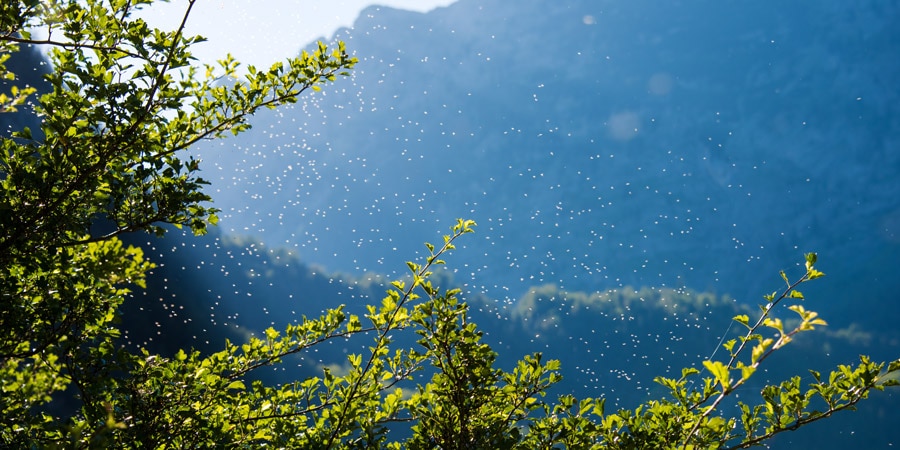Bugs, typically millions of them, are an integral part of an ecosystem. So it's not surprising that bites, and occasionally stings, are a rite of passage for those who live an outdoor life. That means that "bug first aid" will always come in handy, even if it's only to deal with itching and pain.
In this article, we'll focus on the bugs that are most asked about in the U.S.—mosquitoes, biting flies, ticks, bees, wasps, spiders and scorpions. (Scientific sticklers will point out that only mosquitoes, flies, bees and wasps are truly "insects," while ticks, spiders and scorpions fall into the "arachnid" category. Even the word "bug" more correctly applies to a narrow niche occupied by bed bugs and their kin. That's OK, you know what we mean.)
To deal with most bee stings and insect bites, follow these general steps:
- Use insect repellent: To deter mosquitoes, flies and ticks.
- Move to a safe spot: If you're stung and are near a wasp nest or bee hive, retreat to a place where you won't get swarmed.
- Remove stingers or ticks: Keep out additional toxins by removing a bee stinger as quickly as possible; with ticks, use fine-tip tweezers to gently dislodge the mouth.
- Clean the wound: Use antiseptic soap.
- Use a cold compress or ice: To reduce swelling, and relieve pain and itching.
For more serious symptoms, follow these steps:
- Treat allergic reactions: Symptoms range from welts and red, itchy skin to shock and breathing distress. Severe cases require an epinephrine injection; minor reactions can be treated with antihistamines or itch creams.
- Evacuate for medical treatment: Any severe allergic reaction is cause for evacuation; black widow spider bites and Arizona bark scorpion stings require antivenom to be administered at a medical facility; brown recluse spider bites require closely monitored care from a medical professional.
For more in-depth information about specific situations, read on. The information in this article is taken from NOLS Wilderness Medicine, 6th edition, which is the basis for the curriculum taught by instructors at NOLS. You can take one of its courses at many REI stores:
Getting yourself a reference book for a full range of medical issues is also a wise move:
Remember: Safety is your responsibility. No article or video can replace the advice of a physician, nor professional instruction and experience. Make sure you're practiced in proper techniques and safety requirements before you render first aid.
How to Deal with Mosquito and Fly Bites
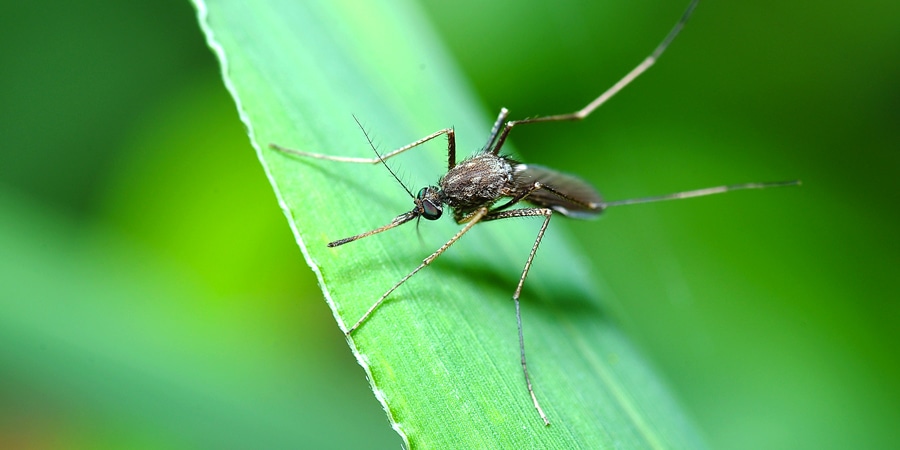
Though mosquito bites are annoyingly itchy and biting flies can inflict a sharp pain, neither is likely to produce a medical emergency in the backcountry.
That said, because of the appearance of small populations of mosquitoes that carry the West Nile and Zika viruses in the U.S., taking steps to prevent bites has become more important. Disease symptoms range from nothing at all to rashes, fevers, headaches, joint pain and more serious complications. Detection of one of these viruses requires a test from a doctor, which can be done when you return from your trip.
How to prevent mosquito bites:
- Choose an effective insect repellent: Your best defense against mosquitoes and biting flies is to get some bug juice and use it. Picardin- and DEET-based repellents provide the longest-lasting protection. Read Insect Repellents: How to Choose for buying advice.
- Apply insect repellent properly. Follow application directions closely, especially with kids. Avoid cuts, scrapes, and areas near the mouth and eyes. Keep it off kids' hands and wash DEET-based repellents off your own. Read How to Use Insect Repellents for tips on application. Clothing that has been treated with insect repellent is also an effective deterrent.
How to treat a mosquito bite:
- Cleanse: Wash the site with antiseptic soap.
- Ice: Use a cold compress or ice to minimize swelling and pain or itching.
- Over-the-counter remedies: Use topical anti-itch products for relief. It's a good idea to add these to your first-aid supplies.
- Avoid scratching: Resist the urge to scratch because that can lead to infection.
Shop Insect Repellent Clothing
How to Deal with Ticks
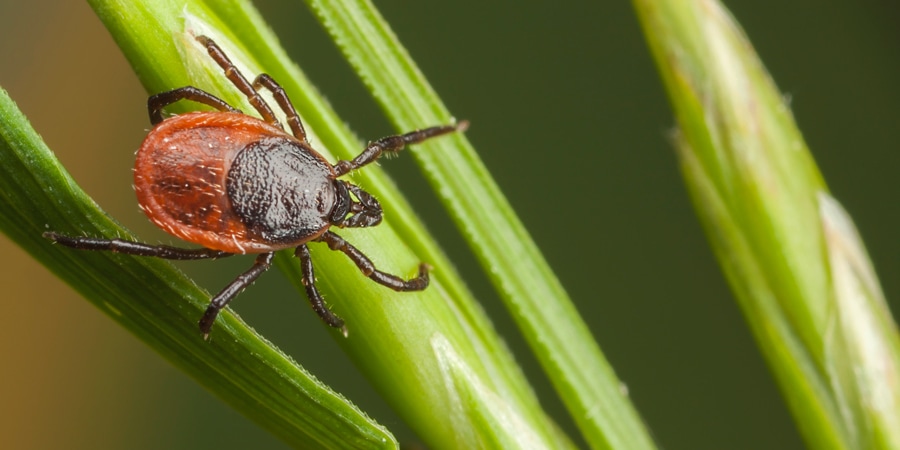
Ticks are similar to mosquitoes in that a bite won't create an urgent care scenario on a trip, but it does present the slim possibility of giving you a disease later.
How to prevent tick bites:
- Do some research: Check to see if ticks will be prevalent where you're headed.
- Be wary in tick areas. Ticks tend to live in wooded and brushy environments, and within high grass or downed leaves; walk in the center of trails to minimize contact with vegetation.
- Wear proper clothing: If you're out during prime tick time, plan to wear a long-sleeve shirt, long pants and gaiters. Insect-repellent clothing is also a good idea.
- Use insect repellent—read the label carefully to be sure the one you take deters ticks. You can also use permethrin, an effective tick-control product that you apply to clothing rather than skin.
- Check your body and clothes: You won't necessarily feel a bite when it happens, so do a full body check on your skin, in your hair and both underneath and on the outside of your clothing (have a hiking partner help with areas you can't see). Check carefully because some ticks can be as small as a poppy seed. Do these checks at regular intervals throughout the day so you can promptly remove any unwanted hitchhikers.
How to treat a tick bite:
- Remove the tick promptly: This is important because it continues to feed and potentially transmit disease as it does so. Fine-tip tweezers are effective, as are special tick-removal tools.
- Don't squeeze the body of the tick. Firmly engage the mouth with your tool of choice and gently lift until the tick comes off. The key is to get the tick off without squeezing the main body because pressure there can inject the tick's stomach contents into the bite site.
- Wash the site: The next step is to wash the site with antiseptic soap to prevent infection. If the tick body comes off, but its mouth remains attached, leave it there and wash it, too: The mouth alone can't do further harm and it will eventually fall off.
- Resist scratching the site: Most tick bites don't itch, unless you have an allergy to them. If your bite does itch, then use a topical anti-itch product and don't scratch because that can lead to infection.
How to recognize and treat tick-caused diseases:
- Locations and timing for tick-caused diseases: The most well-known tick-borne disease is Lyme disease, which occurs mainly in the Northeast and upper Midwest part of the U.S., though the range is expanding. In general, the risk of any tick-caused disease is greatest during warm months.
- Symptoms of Lyme disease: Symptoms take from three to 30 days to appear, and those symptoms can include fever, rash, facial paralysis and arthritis. The telltale rash of Lyme disease starts as a red circle that grows and morphs into a target symbol. (Fever, chills and rashes are associated with a range of lesser known tick-borne diseases, too.)
- Treatment of Lyme and other tick-borne diseases: See a doctor if a tick bites you and you later develop a fever or rash; you might need to be treated with antibiotics. If symptoms appear during a trip, then evacuate and seek treatment.
How to Deal with Bee and Wasp Stings
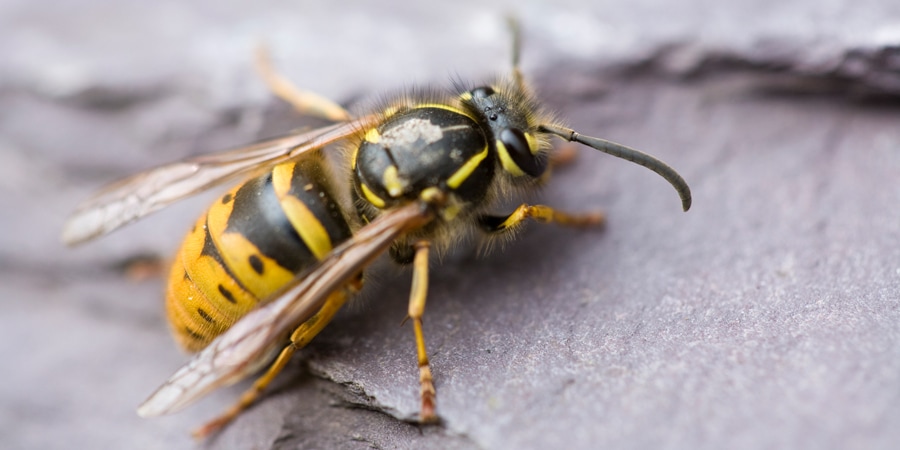
Bees, wasps and hornets (the vespidae family) all have stings that can be seriously painful. Honey bees leave stingers in people, while other types of bees, as well as wasps and hornets can sting multiple times. Wasps and hornets are slightly more venomous and aggressive than bees, with hornets being the worst actors of the bunch.
The good news is that most stings don't present a serious risk. The bad news is that more people have a severe allergic reaction to vespidae stings than to stings from any other type of insect.
How to prevent bee, wasp and hornet stings:
- Avoid flowers: Keep an eye out for your buzzing buddies when you're around wildflowers, where they tend to congregate.
- Recognize nests: Look around to spot nests and hives, which can be hidden in vegetation or in the ground.
- Avoid attracting stinging insects: Swatting them away, wearing dark colors or scented creams, and the smell of human sweat can all draw unwanted attention.
- Get to a safe spot: If you do disturb a nest and get swarmed, then run away until you leave them behind because these insects have a limited flying range.
How to treat bee, wasp and hornet stings:
- Remove the stinger: First, make sure no stinger is present in the skin. Bee stingers have an attached sack that continues injecting bee venom, so promptly remove the stinger. The old advice that one must scrape the stinger out has been disproven, so it's fine to grab it with your fingernails or some tweezers.
- Cleanse: Next wash the sting site with antiseptic soap.
- Ice: Use a cold compress or ice to minimize swelling and pain or itching.
- Topical treatments: Can be used to relieve pain or itching; avoid scratching, because that can lead to infection.
How to treat allergic reactions to bee, wasp and hornet stings:
- Use an oral antihistamine for mild reactions: A mild allergic reaction can include welts or hives and red, itchy skin, and can be treated with an oral antihistamine like Benadryl.
- Recognize a severe reaction: Severe allergies can produce swelling of the face, lips and tongue, along with difficulty swallowing and breathing. These reactions call for an injection of epinephrine (via a device like the EpiPen) and then oral antihistamines when the patient is able to swallow.
- Evacuate if needed: If a patient has shown signs of a severe allergy, they should also be evacuated for further medical evaluation and treatment.
How to Deal with Spider and Scorpion Stings
Spider bites can be painless or painful, depending on the species. Scorpion stings are about as painful as bee stings. Fortunately, only one type of scorpion and very few spider species in the U.S. are dangerous to humans—and bites and stings from this group are extremely rare.
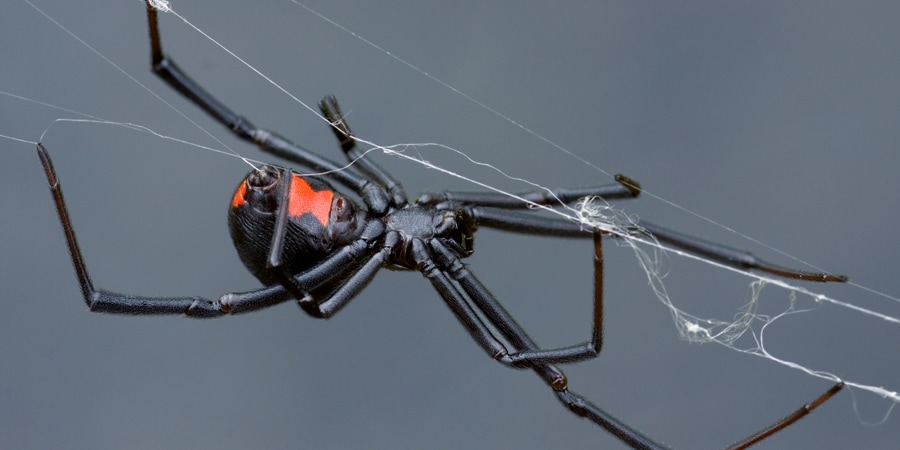
How to Treat a Black Widow Spider Bite
- Identify the source of the bite. A black widow spider can be recognized by its distinctive red hourglass shape on the underside of its abdomen. Variations exist, too, with some widow species having orange marks and some having a series of colored dots. Widow spiders are more prevalent in the southern and western U.S., but their range extends into most regions of the country. It's typically found under stones or logs or desert overhangs and it bites when its web is disturbed. The initial bite looks like a pinprick, followed by slight redness, swelling and numbness.
- Cleanse and ice: Clean the bite with antiseptic soap, then apply ice or a cold compress.
- Watch for severe symptoms: These include painful muscle cramps, nausea and vomiting. Note that sometimes a patient has these symptoms without being aware they were bitten.
- Evacuate if severe symptoms are present: Take the patient to a medical facility for antivenom treatment. If it's possible to safely capture the spider that produced the bite, do so. That will aid doctors in determining the best way to treat the patient.
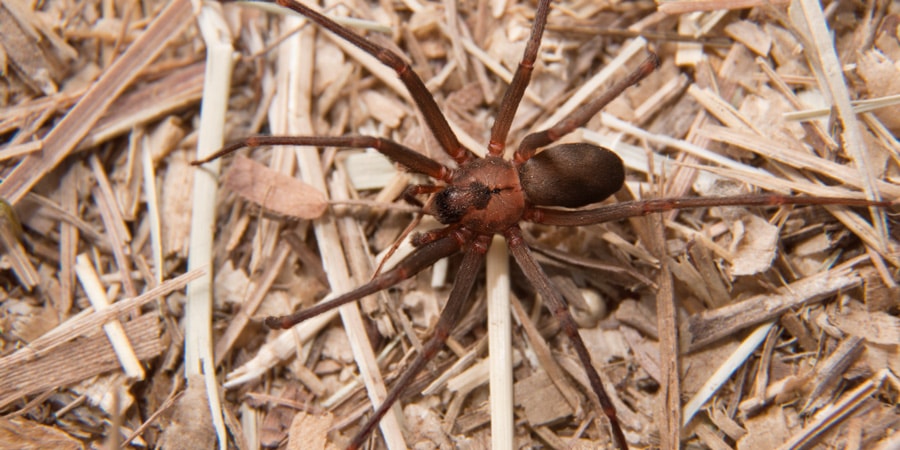
How to Treat a Brown Recluse Spider Bite
- Identify the source of the bite. A brown recluse spider has a violin-shaped mark on top of the head. More telling, though, is that it has three pairs of eyes, rather than the eight eyes found on similar species. Its range is roughly the central U.S. through the south-central U.S. It is typically found in vacant buildings and woodpiles and usually bites as a defensive gesture. The bite is slightly irritating at first, and then can develop a painful skin ulcer.
- Cleanse and ice: Clean the bite with antiseptic soap, then apply ice or a cold compress.
- Watch for severe symptoms: These include nausea, vomiting, fever, chills and a wound that shows no signs of healing. Note the sometimes a patient has these symptoms without being aware they were bitten.
- Evacuate if severe symptoms are present: Take the patient to a medical facility for monitoring and treatment (no antivenom exists in the U.S. now, but you want to minimize complications). If it's possible to safely capture the spider that produced the bite, do so. That will aid doctors in determining the best way to treat the patient.
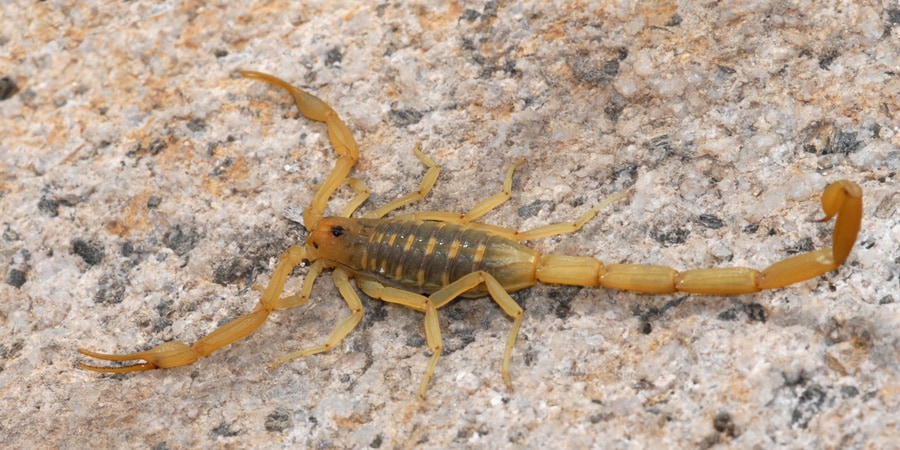
How to Treat an Arizona Bark Scorpion Sting
- Identify the source of the sting. The Arizona Bark Scorpion is light brown and small—adults max out at just over three inches long. It is typically found in Arizona, New Mexico and Utah and it hangs out under rocks and other objects on the ground (always shake out your boots or shoes before putting them on in the morning).The sting feels like a prick, then burning pain, swelling, redness, numbness and tingling can occur.
- Cleanse and ice: Clean the sting with antiseptic soap, then apply ice or a cold compress.
- Watch for severe symptoms: These include impaired speech, muscle spasms, nausea, vomiting and convulsions.
- Evacuate if severe symptoms are present: Take the patient to a medical facility for antivenom treatment. If it's possible to safely capture the scorpion that produced the sting, do so. That will aid doctors in determining the best way to treat the patient.
